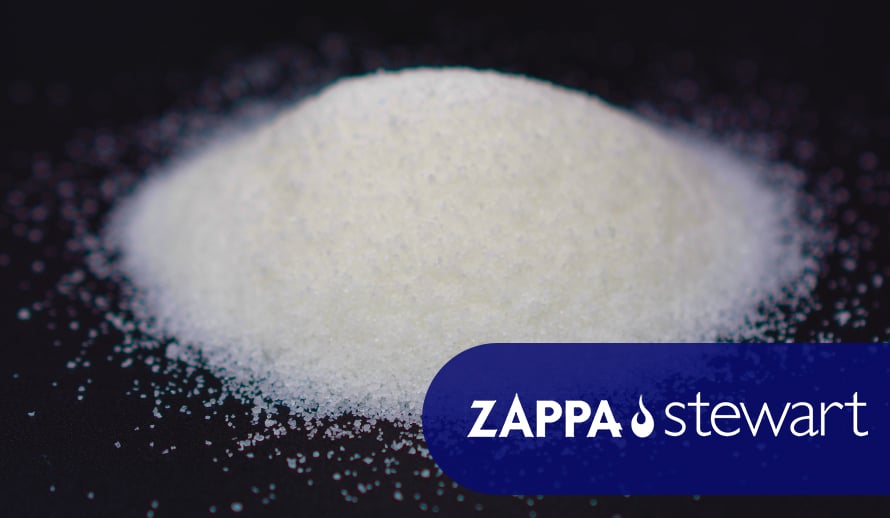 Superabsorbent polymer (SAP) technology has a wide range of uses in a multitude of industrial, consumer, and specialty markets. The average consumer encounters SAPs on a daily basis, often without realizing their presence. SAPs are used in baby diapers, absorbent pads for food packaging, in hot/cold gel packs, feminine hygiene products, cat litter and more. SAPs also play a role in solidifying and rendering liquids generated by medical procedures as non-"red bag waste." In addition to the consumer goods and medical markets, SAPs are compatible with a long list of construction and industrial process wastes.
Superabsorbent polymer (SAP) technology has a wide range of uses in a multitude of industrial, consumer, and specialty markets. The average consumer encounters SAPs on a daily basis, often without realizing their presence. SAPs are used in baby diapers, absorbent pads for food packaging, in hot/cold gel packs, feminine hygiene products, cat litter and more. SAPs also play a role in solidifying and rendering liquids generated by medical procedures as non-"red bag waste." In addition to the consumer goods and medical markets, SAPs are compatible with a long list of construction and industrial process wastes.
SAPs are also widely used to safely and efficiently solidify the following waste streams:
- HDD drill cuttings, spent fluid, spoils
- coal combustion residuals (coal fly ash and bottom ash)
- wastewater treatment sludge and biosolids
- water treatment sludge (alum sludge, etc.)
- flue gas desulphurization waste
- oil and gas drilling fluids and cuttings
- oil refinery sludge
- mine tailings
- dredged sediments
- petroleum tank bottom sludge
- retention pond muck
- saturated or wet soil
- sandblast media
- paint rinsate
- remediation site waste
- highway grinding waste
- combined industrial liquid waste streams
Superabsorbent Polymer Basics:
- Superabsorbent polymers are the fastest, easiest, safest, and most cost-effective option for managing liquid waste. Solidify most waste fluids in minutes resulting in reduced processing time.
- SAPs require no special equipment. A standard excavator, backhoe, or skid steer can be used to thoroughly mix SAPs with waste fluid.
- They require no special equipment. A standard excavator, backhoe, or skid steer can be used to thoroughly mix SAPs with waste fluid.
- SAPs are safe to touch, require no special PPE, and prevent leaching of harmful liquid waste contaminants into landfills and the natural environment.
- SAPs feature the highest absorbency of any commercially available technology, which allows them to absorb large volumes of liquid with a small volume (or dosage rate) of SAPs. SAPs are typically applied at dosage rates of 0.5% to 1.5% (by weight), compared to dosage rates of up to 200% for traditional absorbents, such as sawdust. The importance of a low-dosage rate for solidification reagents is realized transportation and disposal costs that are impacted by the weight of reagent that is transported and disposed of along with the waste.
See our blog on Simplifying Sludge Removal with Superabsorbent Polymers for more information on the financial and time benefits of SAPs.
Our technical consultants are ready to answer any questions regarding your waste removal needs and assist you in determining if SAPs can help you complete your project as efficiently as possible. Please contact us with any questions.
"RAPID SOLIDIFICATION OF COAL COMBUSTION RESIDUALS (CCR) DREDGE SLURRIES & WET ASH WASTES" White Paper





